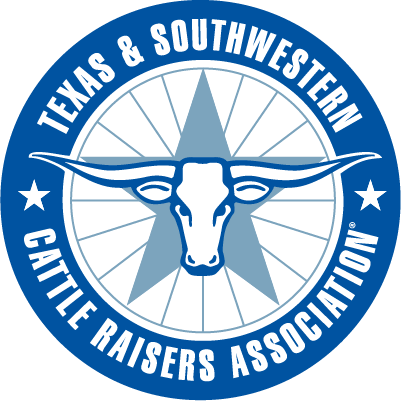Source: Texas A&M Forest Service
The invasive emerald ash borer (EAB) beetle that has killed tens of millions of ash trees across the U.S. has been detected in Texas. State and federal agencies are preparing people and communities with information, education and preventative measures to fight the pest.
Earlier this month, the U.S. Forest Service (USFS) and Texas A&M Forest Service (TFS)—agencies leading the U.S. Department of Agriculture’s (USDA) EAB survey in the state—trapped four adult beetles in Harrison County just south of Karnack, Texas. Although the ash trees in the immediate vicinity of the trap did not exhibit symptoms of the pest, the USDA’s Animal and Plant Health Inspection Service (APHIS) laboratory confirmed the specimens were emerald ash borers. Efforts are underway to identify any infested trees.
Texas has anticipated the arrival of the EAB and has strategically placed beetle detection traps across the state for the past four years in an effort to provide an early warning if and when the invasive pest arrived.
“Early detection of this destructive pest minimizes its spread and enables us to effectively work with those affected by providing information and science-based solutions to potential attacks,” said Texas A&M Forest Service Forest Health Coordinator Shane Harrington. “TFS is working with other state and federal agencies to ensure that the general public, home- and landowners know fact from fiction and what to look for when monitoring for EAB.”
The EAB is a destructive, non‐native, wood‐boring pest of ash trees and poses a significant threat to urban, suburban and rural forests, killing both stressed and healthy ash trees. The trees typically die two or three years after becoming infested. Native to Asia, the EAB was first discovered in southeast Michigan in 2002. Since then, infestations of this invasive pest have been found in 26 states and have killed tens of millions of ash trees.
In the United States, there are 16 ash species susceptible to attack—Texas is home to seven of these species. Ash trees make up less than 5 percent of rural Texas forestlands but comprise a large population of the state’s urban forests. Texas A&M Forest Service is working with APHIS, the Texas Department of Agriculture, and the U.S. Forest Service, among other state and federal agencies, to implement a response plan.
The statewide plan includes monitoring beetle movement, conducting educational campaigns, providing technical assistance in prevention, preparation and recovery, and working with regulatory agencies in considering and establishing quarantines in affected counties.
“The Texas Department of Agriculture, through our biosecurity program, is committed to defending Texans from invasive species like the EAB, which have the power to decimate our crops and landscapes,” Texas Agriculture Commissioner Sid Miller said. “Working together with Texas A&M Forest Service and our federal counterparts, we will implement a comprehensive response plan to tackle this threat to all Texans.”
Texas A&M Forest Service is also working with the state’s forest industry, rural landowners, urban communities and homeowners on detecting possible infestation and taking measures to slow the movement of the beetle. Measures of control include protecting ash trees through the use of insecticide tree injections and soil drenching and bolstering the urban forests with other tree species not susceptible to the emerald ash borer.
“Proper planning can reduce the impact of EAB in our communities,” said Texas A&M Forest Service Urban and Community Forestry Program Coordinator Paul Johnson. “Removal of poor quality ash, planting trees that aren’t susceptible to EAB, and protecting high value ash by treating them will help us weather this attack. Work with a forester or an ISA-certified arborist to help you assess your EAB risk and care for your trees.”
To learn more about EAB, please visit www.emeraldashborer.info and https://tfsweb.tamu.edu/eab/ Download the fact sheet and check out photos on Flickr.
PO BOX 101988
FORT WORTH, TX 76185
1-800-242-7820
© 2023 Texas & Southwestern Cattle Raisers Association; All Rights Reserved.
